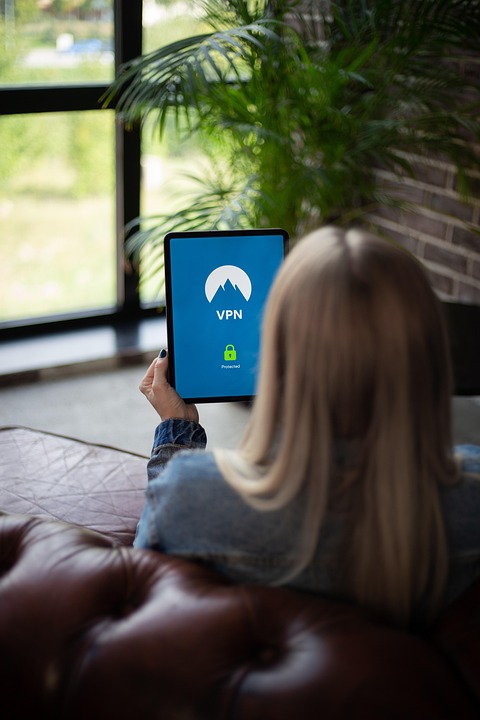In an era where digital threats are ever-evolving and cyberattacks can cripple economies and institutions, a diverse workforce in the cybersecurity sector is no longer just a desirable asset—it’s imperative. Women, who have historically been underrepresented in tech fields, are increasingly stepping to the forefront of cybersecurity, breaking down barriers and leading the charge against cyber threats.
A Growing Demand for Diversity
The cybersecurity industry is facing a significant talent gap. According to a report by (ISC)², the global cybersecurity workforce needs to grow by 65% to adequately defend organizations against cyber threats. The increasing complexity of these threats highlights the need for fresh perspectives and diverse problem-solving strategies that women can bring to the table.
Research has consistently shown that diverse teams are more innovative and better at tackling complex problems. As organizations strive to enhance their cybersecurity posture, encouraging more women to enter the field is not just beneficial—it’s crucial. Diverse teams can enhance risk assessment, improve response strategies, and drive technological innovation, all of which are essential in a landscape characterized by rapid change.
Trailblazers in the Field
Women have been making remarkable strides in cybersecurity, leaving an indelible mark on the industry. From pioneers like Ada Lovelace, who invented what is now considered the first algorithm, to contemporary leaders such as Lisa Sotto, who heads the global privacy and cybersecurity practice at Hunton Andrews Kurth, women continue to influence the security landscape.
Organizations like Women in CyberSecurity (WiCyS) and the International Consortium of Minority Cybersecurity Professionals (ICMCP) are empowering women through networking, mentorship, and skill development, paving the way for future generations. The increasing visibility of female leaders serves as an inspiration for young women considering careers in STEM fields.
Overcoming Challenges
Despite the progress made, women in cybersecurity still face significant challenges. The field often exhibits a lack of representation, with women occupying only about 24% of cybersecurity roles, according to Cybersecurity Ventures. This underrepresentation can lead to feelings of isolation and imposter syndrome, deterring many from pursuing careers in the field.
Moreover, gender bias and workplace culture can make it difficult for women to advance in their careers. A 2020 report by the cybersecurity training company Cybrary found that almost 50% of women in the cybersecurity workforce felt they faced discrimination based on their gender. Addressing these systemic issues requires a concerted effort from organizations to implement inclusive workplace policies, provide equal growth opportunities, and foster environments where women feel valued and heard.
Leading the Charge
Women are not just entering the cybersecurity workforce; they are also leading it. Roles such as Chief Information Security Officer (CISO) are increasingly held by women, marking a shift in leadership dynamics within the industry. Women like Ruth Davis and Christine Wong are breaking through the glass ceiling, demonstrating exceptional leadership and strategic vision in cybersecurity operations.
The rise of female-led cybersecurity startups is another sign of change. Companies founded by women are innovating in areas like threat detection, risk management, and compliance, challenging the traditional male-dominated tech landscape. These leaders are emphasizing the importance of mentorship, advocacy, and community-building to ensure the next generation of women in cybersecurity is well-equipped to succeed.
The Future is Bright
The future of women in cybersecurity looks promising. As educational institutions and organizations recognize the value of diversity, an increasing number of programs and scholarships are being established to support young women interested in the field. Initiatives aimed at introducing girls to coding, cybersecurity, and STEM fields are helping to spark interest at an early age.
Moreover, as awareness of cyber threats continues to grow, so does the recognition of the need for diverse perspectives in tackling these issues. Inclusive policies that promote gender equality and diversity in hiring practices will play a pivotal role in reshaping the cybersecurity landscape.
Conclusion
Women are breaking barriers and leading the charge in cybersecurity, proving that they are not just participants but vital contributors to the industry’s evolution. As we forge ahead, it is crucial for organizations to recognize the importance of a diverse workforce in addressing the complex challenges of cybersecurity. By supporting women in cybersecurity through mentorship, leadership opportunities, and inclusive workplace cultures, the industry will not only become more equitable but also more effective in protecting our digital world. With every barrier broken, the path is paved for future generations to build a safer, more secure cyber landscape—one where everyone can thrive.




